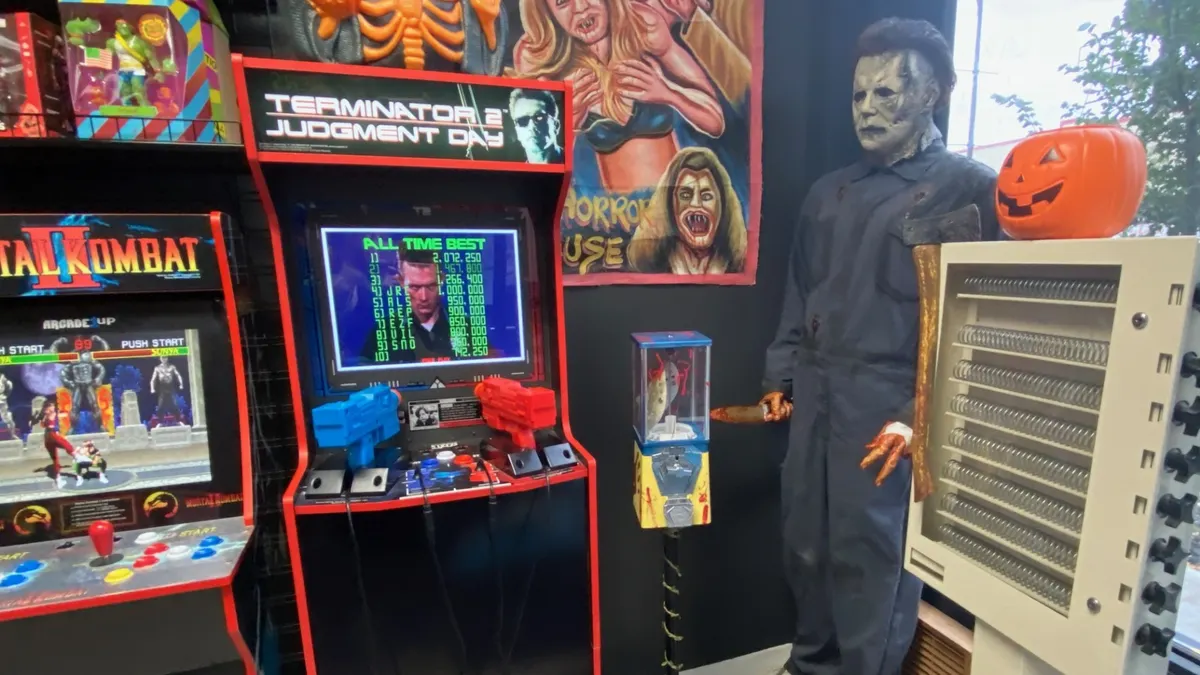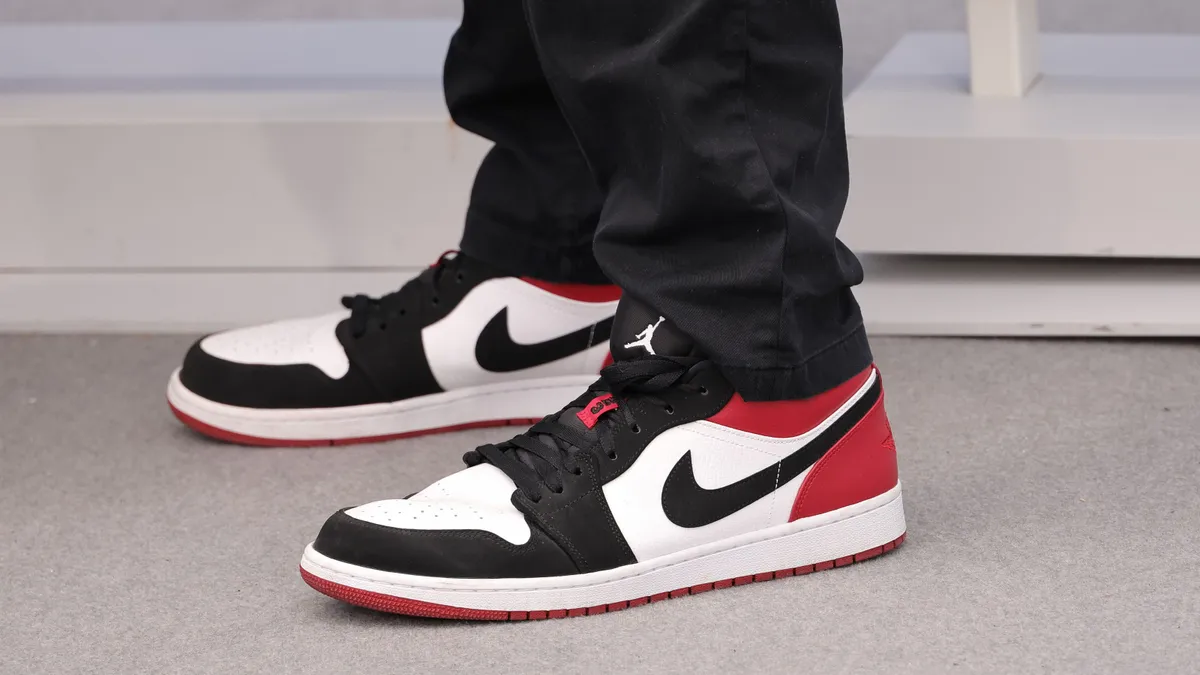In the heyday of department stores, French writer Emile Zola in his novel "Au Bonheur des Dames" (The Ladies' Delight) compared them to cathedrals because of their imposing buildings, their place in society, and their capacity to attract and delight shoppers.
Cathedrals! These days, few would see the modern department store nearly that way. But one way to rekindle the delight of customers has been to carve out not just departments, but mini stores-within-stores—sections of stores run by brands—in these buildings.
In Europe, it’s called “concession retailing.” And the approach is working not just for department stores but also for big-box retailers and perhaps even for some specialty stores themselves — like fresh-from-bankruptcy RadioShack.
How it’s different
The store-within-store or concession model has a lot in common with the tried-and-true boutique approach of the department store. Traditionally, sections of the store feature branded merchandise, and, hopefully, reflect the look and feel of that brand’s boutique area while maintaining the store's own brand.
But stores-within-stores aren’t just boutique areas; rather, they're controlled by the brands themselves. That sets them apart in even more than look and feel. Their employees are not employees of the store, so rather than sharing all that much of the store’s culture, they bring with them the outlook — and expertise — of their own brand.
For a long time, concession retailing has been an upscale phenomenon, pioneered by the likes of Louis Vuitton. Apple is continuing that tradition in Europe by using the store-within-store approach to sell its upcoming Apple Watch in upscale department stores.
But it is no longer limited to luxury retail.
Specialty attractions
In many ways, retailers that are featuring branded stores-within-stores are replicating the malls that they anchor. Last year, for example, Best Buy expanded its store-within-store program, undertaking a vast renovation of stores to carve out retail space for Sony, Samsung, Microsoft, Pacific Kitchen, and Magnolia within most of its stores.
“I think Best Buy is brilliant in following this strategy, and coexisting on the same distribution platform with other strong brands,” Robin Lewis, CEO of the retail newsletter The Robin Report, told the Minneapolis Star Tribune. “That big box becomes kind of an enclosed mini-mall.”
Lewis also calls the approach “the godfather strategy:” “For so many years, the specialist stores were stealing share away from [department stores],” he said. “But now they're going to keep their enemies closer by keeping them in their own camp.”
And while activist investor Bill Ackman faced a lot of criticism (including from himself) for his takeover and leadership of J.C. Penney years ago, he's the one who brought Sephora into the discount department store, one of the retailer’s best moves to date.
Sharing the work and the win
Ideally, the partnership of a brand within a larger store is a win for both the specialty brand and the retailer where it’s operating.
Forrester Research analyst Sucharita Mulpuru says the arrangement can free up a retailer’s resources, while paying off for both the retailer and its invited-in brand.
“The retailer no longer has the burden of managing inventory and managing the appearance of the display,” Mulpuru told Time. “They become a ‘landlord’ of sorts.”
In many such arrangements, the brand pays for the space, the employees, and even the interior design and the fixtures. The host retailer gets the benefit of an alluring brand that brings customers into the store; the brand gets the benefit of the retailer’s shoppers passing by. Dick's Sporting Goods stores, for example, feature "Nike Field House" and "Under Armour All-American" concept stores within them.
For e-commerce-only retailers like Bonobos, which has partnered with Nordstrom and other department stores recently, a store-within-store allows for a physical presence without resorting to a full brick-and-mortar strategy. In another win-win, the department store has the opportunity to feature a brand with online buzz.
“Stores with these stores-within-stores have higher returns on investment and sales per square foot, and the margins are better as well,” Christopher Svezi, an analyst at Susquehanna Financial Group, told the Pittsburgh Tribune.
The pop-up appeal
These arrangements needn't be permanent or even long-term, as they are at Best Buy or Dick’s. In an effort it calls "Pop in @ Nordstrom," the Seattle-based department store a couple of years ago devised a series of pop-up shops.
The short-term pop-ins feature merchandise by often high-end but edgier-than-Nordstrom brands that is specially curated and offered for a limited time. In fact, the “Pop in” events tend to garner “hurry up and go” attention from fashion magazines and blogs.
“As if installing mini Topshops into its stores wasn't amazing enough, [Nordstrom] just launched a new ongoing pop-up series called 'Pop-in at Nordstrom,'” gushed fashion website Fashionista about the department store’s first such project, in 2013, entitled “French Fling.” “Each pop-up will feature a selection cool stuff sourced by the retailer's new Director of Creative Projects Olivia Kim (formerly VP of Creative at Opening Ceremony). Today, it's launched an assortment of all things Parisian with 'French Fling.' And it's right up our alley.”
Salvation for RadioShack?
Just this week, a deal was sanctioned by a bankruptcy court in Wilmington, DE, to save some 1,740 RadioShack stores. The proposal, which came out of a protracted and contentious process, involves mobile company Sprint operating store-within-store concept shops in most of the surviving stores.
This is not a pop-in at Nordstrom, a Sephora at J.C. Penney, or a Samsung Experience store at Best Buy with small, discreet areas. The idea is that Sprint will share a third of the space in a RadioShack store, and that the stores will be co-branded.
But the idea is also widely credited with helping save the iconic century-old American electronics retailer — which itself not long ago ran concession retail shops at Targets around the country.
And while that deal is seen as saving RadioShack, Sprint likes it too. The arrangement more than doubles the number of Sprint’s stores, a priority for Sprint CEO Marcelo Claure, who recently praised the electronics retailer’s “incredible store locations.”




















